Home>Gardening & Outdoor>Landscaping Ideas>Why Do Mushrooms Grow In Grass
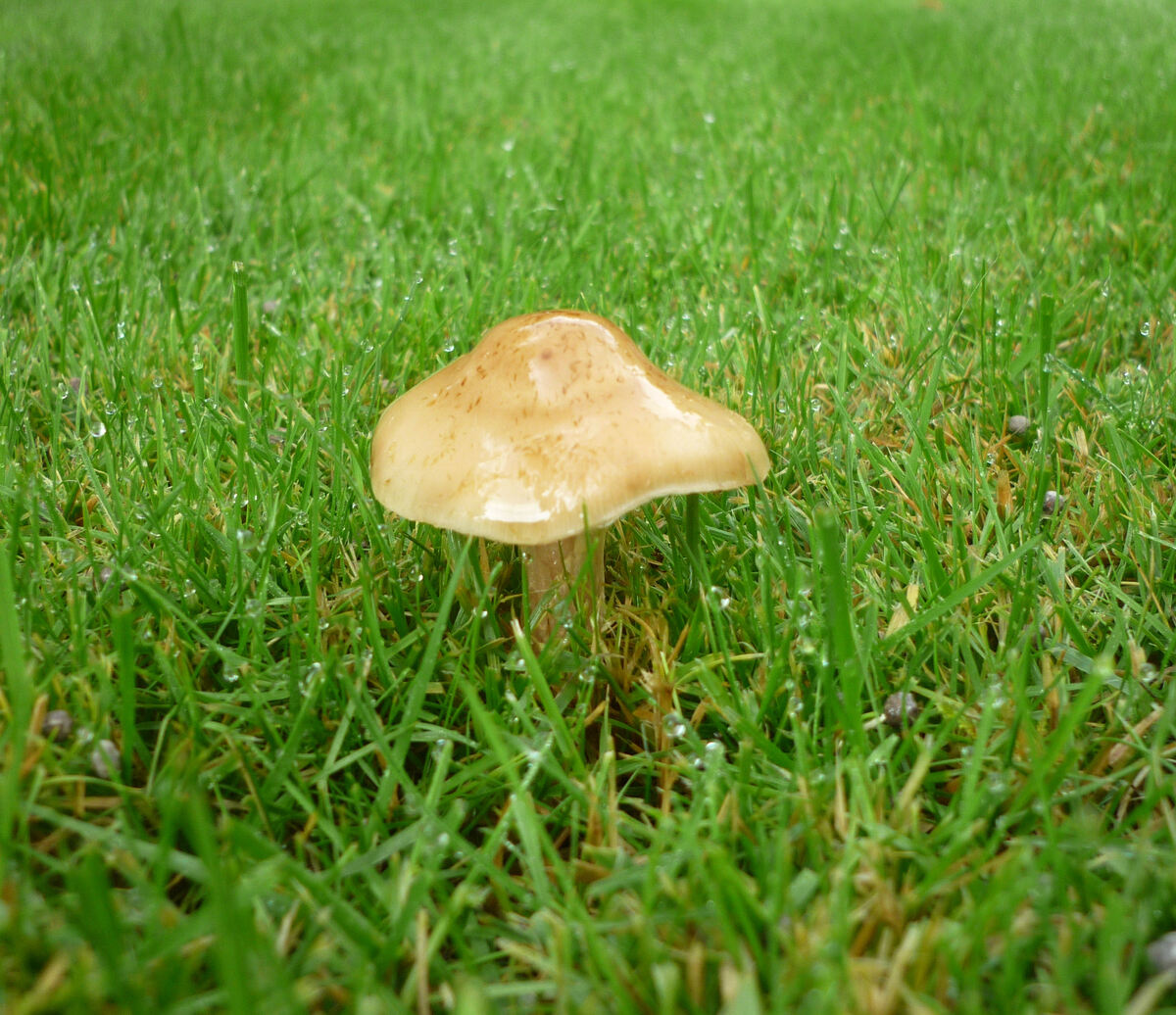

Landscaping Ideas
Why Do Mushrooms Grow In Grass
Modified: August 17, 2024
Discover the reasons behind mushrooms growing in grass and learn landscaping ideas to prevent and manage them effectively. Explore our expert tips for a healthier lawn!
(Many of the links in this article redirect to a specific reviewed product. Your purchase of these products through affiliate links helps to generate commission for Storables.com, at no extra cost. Learn more)
Introduction
Mushrooms sprouting amidst a lush expanse of grass can be a captivating sight, evoking a sense of wonder and curiosity. The intriguing coexistence of these two natural elements prompts us to delve into the underlying factors that contribute to this phenomenon. As we embark on this exploration, we will uncover the pivotal role of fungi in ecosystems, unravel the intricate relationship between grass and mushroom growth, and shed light on the environmental conditions that foster the flourishing of these enigmatic fungi. Join us on this journey as we unravel the captivating intricacies of mushrooms thriving within the embrace of verdant grasslands.
Key Takeaways:
- Grass is like a cozy home for mushrooms, providing the perfect environment for them to grow and thrive, thanks to its fibrous structure and ability to retain moisture.
- The relationship between grass and mushrooms is like a beautiful dance, where the grass nourishes the mushrooms, and the mushrooms enrich the soil, creating a vibrant and resilient ecosystem.
Read more: Why Are Mushrooms Growing In My Garden Bed
The Role of Fungi in Ecosystems
Fungi, often overshadowed by more conspicuous elements of nature, play a fundamental role in maintaining the balance and vitality of ecosystems. As nature’s recyclers, fungi excel in decomposing organic matter, thereby facilitating the replenishment of vital nutrients in the soil. This process not only nourishes the soil but also sustains the growth of surrounding vegetation, including the grass that carpets the earth.
Moreover, fungi form symbiotic relationships with plants, a prime example being mycorrhizal fungi. These intricate associations enable fungi to extend the reach of plant roots, enhancing their capacity to absorb water and essential nutrients from the soil. In return, the plants provide the fungi with vital sugars, fostering a mutually beneficial exchange that bolsters the health and resilience of the entire ecosystem.
Furthermore, certain fungi are pivotal in breaking down complex organic compounds, such as lignin and cellulose, which are resistant to decay. This pivotal role in decomposition not only facilitates the recycling of organic matter but also contributes to the formation of humus, a vital component of fertile soil. As such, the presence of fungi in ecosystems is indispensable, laying the foundation for the flourishing of diverse plant life, including the grass that serves as a crucial substrate for mushroom growth.
Grass as a Substrate for Mushroom Growth
Within the intricate tapestry of nature, grass serves as more than a verdant carpet adorning landscapes; it also functions as a vital substrate for the growth of diverse mushroom species. The fibrous nature of grass provides an ideal habitat for mushroom mycelium, the vegetative part of the fungus, to establish and proliferate. As the mycelium permeates the interwoven strands of grass, it initiates the process of decomposition, breaking down the organic matter and releasing essential nutrients that fuel the growth of mushrooms.
Furthermore, the moisture-retentive properties of grass create an environment conducive to the germination and maturation of mushroom spores. The interplay between the fibrous structure of grass and the moisture it holds forms a nurturing milieu for the development of mushrooms, fostering their emergence in the midst of these verdant expanses.
Notably, the intricate network of roots that underpins the grass facilitates the circulation of moisture and nutrients, providing an interconnected web that sustains the vitality of the surrounding ecosystem. This interconnectedness further amplifies the role of grass as a substrate for mushroom growth, as the symbiotic relationship between the grass roots and the surrounding microorganisms creates a harmonious environment that supports the proliferation of diverse fungal species.
Thus, the humble grass, often overlooked in its ubiquity, emerges as a vital element in nurturing the growth of mushrooms, underscoring the intricate interdependencies that underpin the natural world.
Mushrooms grow in grass because they thrive in moist, shaded environments with decaying organic matter. The grass provides a protective cover and helps retain moisture, creating the perfect conditions for mushroom growth.
Environmental Conditions Favorable for Mushroom Growth
The emergence of mushrooms within grass-laden realms is intricately tied to a confluence of environmental conditions that provide an optimal stage for their growth. One of the primary requisites for mushroom proliferation is a moist environment, as the presence of adequate moisture is crucial for the germination of spores and the development of mycelium. The fibrous nature of grass, with its capacity to retain moisture, creates a conducive habitat for mushrooms to thrive, especially in areas where the grass interacts with decaying organic matter, such as fallen leaves or wood debris.
Moreover, the temperature plays a pivotal role in shaping the growth patterns of mushrooms. While specific temperature ranges vary among different mushroom species, a temperate climate with moderate humidity levels is generally conducive to their proliferation. The interplay between the insulating properties of grass and the ambient temperature creates microclimates that can provide an ideal setting for mushroom growth, especially in shaded areas where the grass shields the soil from excessive heat and helps maintain a balanced temperature regime.
In addition to moisture and temperature, the presence of organic matter within the grassy substrate serves as a wellspring of nutrients that nourish the burgeoning mycelium and sustain the growth of mushrooms. The decomposing organic material within the grass not only provides essential nutrients but also fosters the release of enzymes that aid in the breakdown of complex compounds, further enriching the soil and nurturing the burgeoning fungal community.
Furthermore, the interplay between light and shade within grassy landscapes can influence the growth of mushrooms, as certain species thrive in shaded, sheltered environments, while others may seek out sun-dappled clearings. The diverse microhabitats within grassy expanses create a mosaic of conditions that cater to the varied preferences of different mushroom species, contributing to the rich tapestry of fungal diversity that graces these verdant realms.
Thus, the interplay of moisture, temperature, organic matter, and light within grass-laden environments forms a symphony of conditions that fosters the flourishing of mushrooms, offering a captivating glimpse into the harmonious interplay of natural elements.
The Relationship Between Grass and Mushroom Mycelium
The intricate dance between grass and mushroom mycelium unfolds as a captivating testament to the interconnectedness of natural elements. As mycelium, the intricate network of fungal hyphae, extends its delicate tendrils through the fibrous expanse of grass, it embarks on a transformative journey that underpins the vitality of the surrounding ecosystem. The mycelium, akin to a subterranean symphony, orchestrates the decomposition of organic matter within the grass, unraveling a cascade of processes that enrich the soil and sustain the cycle of life.
As the mycelium delves into the recesses of the grass, it initiates the process of decomposition, breaking down complex organic compounds and releasing vital nutrients that invigorate the soil. This transformative alchemy not only nourishes the grass itself but also lays the groundwork for the proliferation of diverse plant life, fostering a verdant tapestry that adorns the landscape.
Moreover, the mycelium’s intricate web serves as a conduit for the exchange of nutrients and information, facilitating a symbiotic relationship with the grass and the surrounding microbial community. This interconnected network fosters a harmonious exchange, as the mycelium draws sustenance from the grass while enriching the soil with vital nutrients, perpetuating a cycle of nourishment that sustains the vitality of the entire ecosystem.
Furthermore, the mycelium’s presence within the grass engenders a resilience that fortifies the surrounding environment. Through its capacity to sequester carbon and mitigate environmental stressors, the mycelium contributes to the overall health and stability of the ecosystem, underscoring its pivotal role in shaping the resilience of grass-laden realms.
As the mycelium weaves its intricate web within the embrace of grassy landscapes, it not only nurtures the growth of mushrooms but also fosters a vibrant ecosystem teeming with life. This symbiotic interplay between grass and mycelium stands as a testament to the profound interconnectedness that underpins the natural world, offering a window into the captivating symphony of life that unfolds beneath our feet.
Read more: Why Do Weeds Grow Faster Than Grass
Conclusion
The enigmatic emergence of mushrooms within grass-laden realms unveils a captivating narrative of interconnectedness and symbiosis that permeates the natural world. As we unravel the intricate relationship between grass and mushroom growth, we are beckoned into a realm where the humble grass, often overlooked in its ubiquity, emerges as a vital substrate that nurtures the proliferation of diverse fungal species. The mycelium, akin to a subterranean symphony, orchestrates the decomposition of organic matter within the grass, unraveling a cascade of processes that enrich the soil and sustain the cycle of life. This transformative alchemy not only nourishes the grass itself but also lays the groundwork for the proliferation of diverse plant life, fostering a verdant tapestry that adorns the landscape.
Moreover, the environmental conditions within grass-laden realms form a symphony of factors that foster the flourishing of mushrooms, offering a captivating glimpse into the harmonious interplay of natural elements. The interplay of moisture, temperature, organic matter, and light within these verdant expanses creates a nurturing milieu that sustains the growth of mushrooms, underscoring the intricate interdependencies that underpin the natural world.
As we conclude our exploration, the captivating dance between grass and mushroom mycelium offers a poignant testament to the interconnectedness of natural elements. This symbiotic interplay not only nurtures the growth of mushrooms but also fosters a vibrant ecosystem teeming with life. It beckons us to embrace a deeper understanding of the intricate tapestry of nature, where the unassuming grass serves as a cradle for the emergence of enigmatic fungi, weaving a narrative of resilience, symbiosis, and vitality that unfolds beneath our feet.
Thus, the captivating coexistence of mushrooms and grass within the natural realm offers a poignant reminder of the profound interconnectedness that underpins the tapestry of life, inviting us to behold the intricate symphony that unfolds within these verdant landscapes.
Frequently Asked Questions about Why Do Mushrooms Grow In Grass
Was this page helpful?
At Storables.com, we guarantee accurate and reliable information. Our content, validated by Expert Board Contributors, is crafted following stringent Editorial Policies. We're committed to providing you with well-researched, expert-backed insights for all your informational needs.
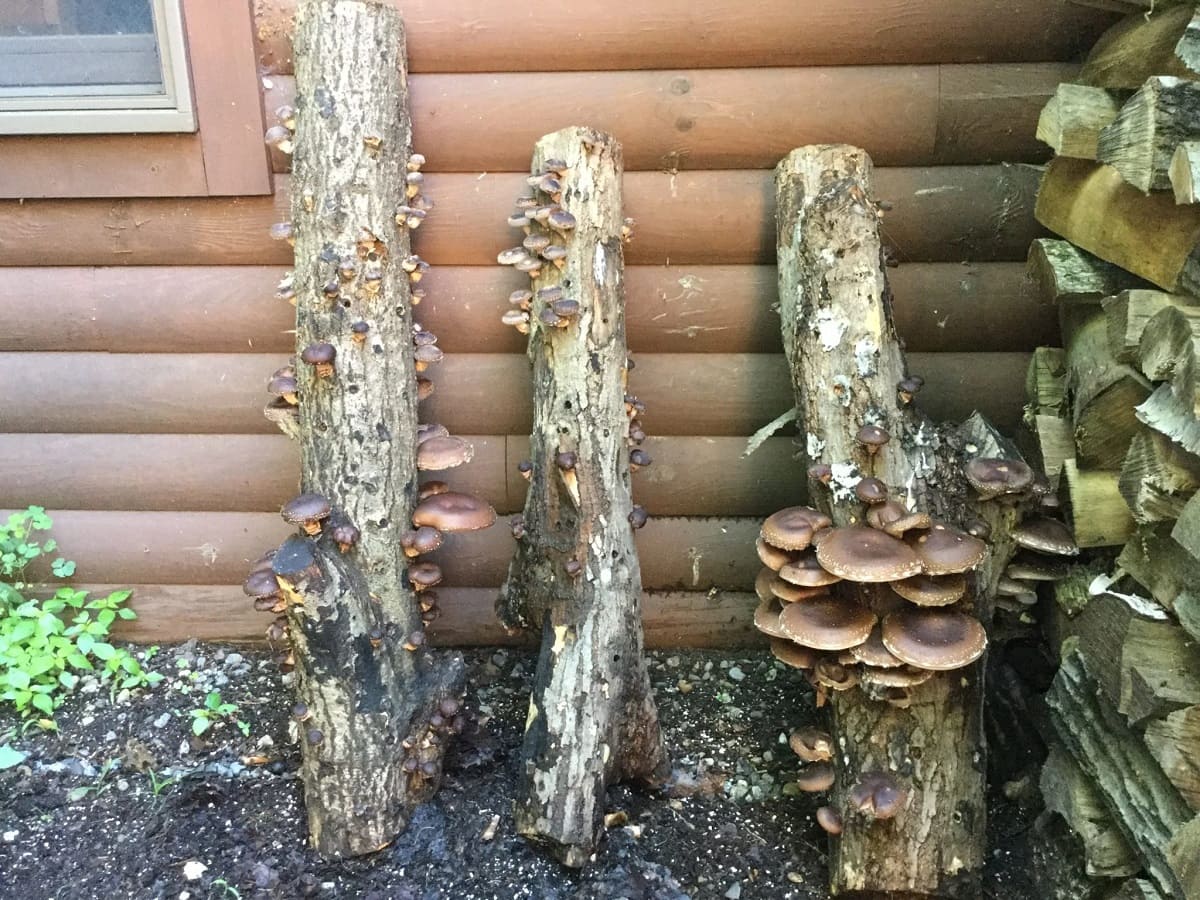
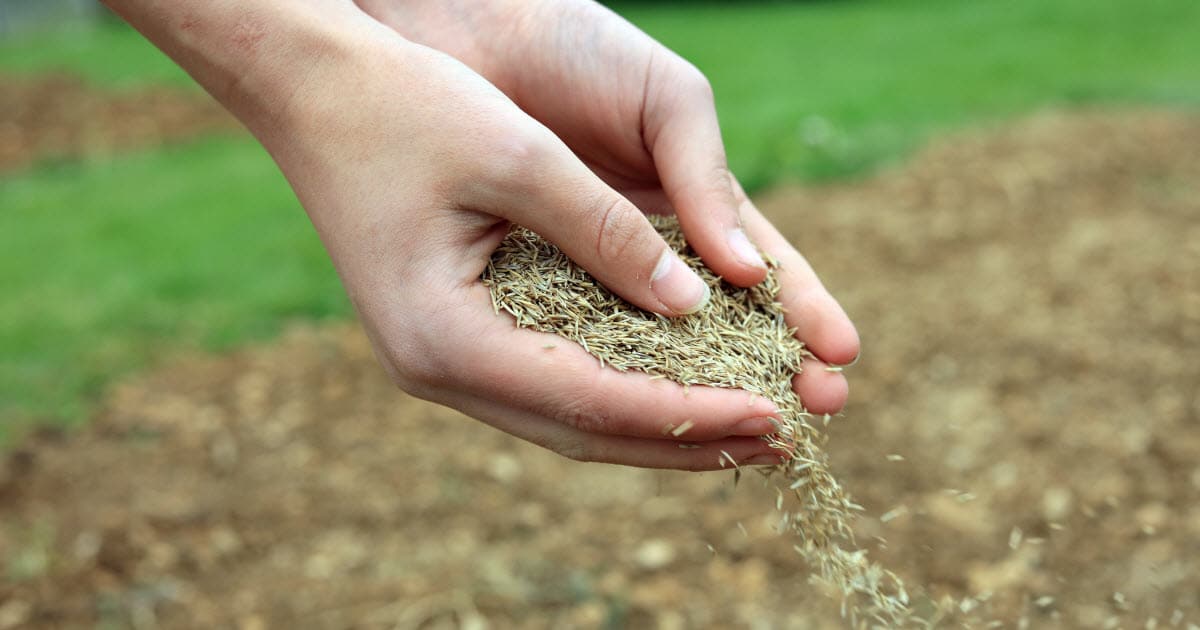
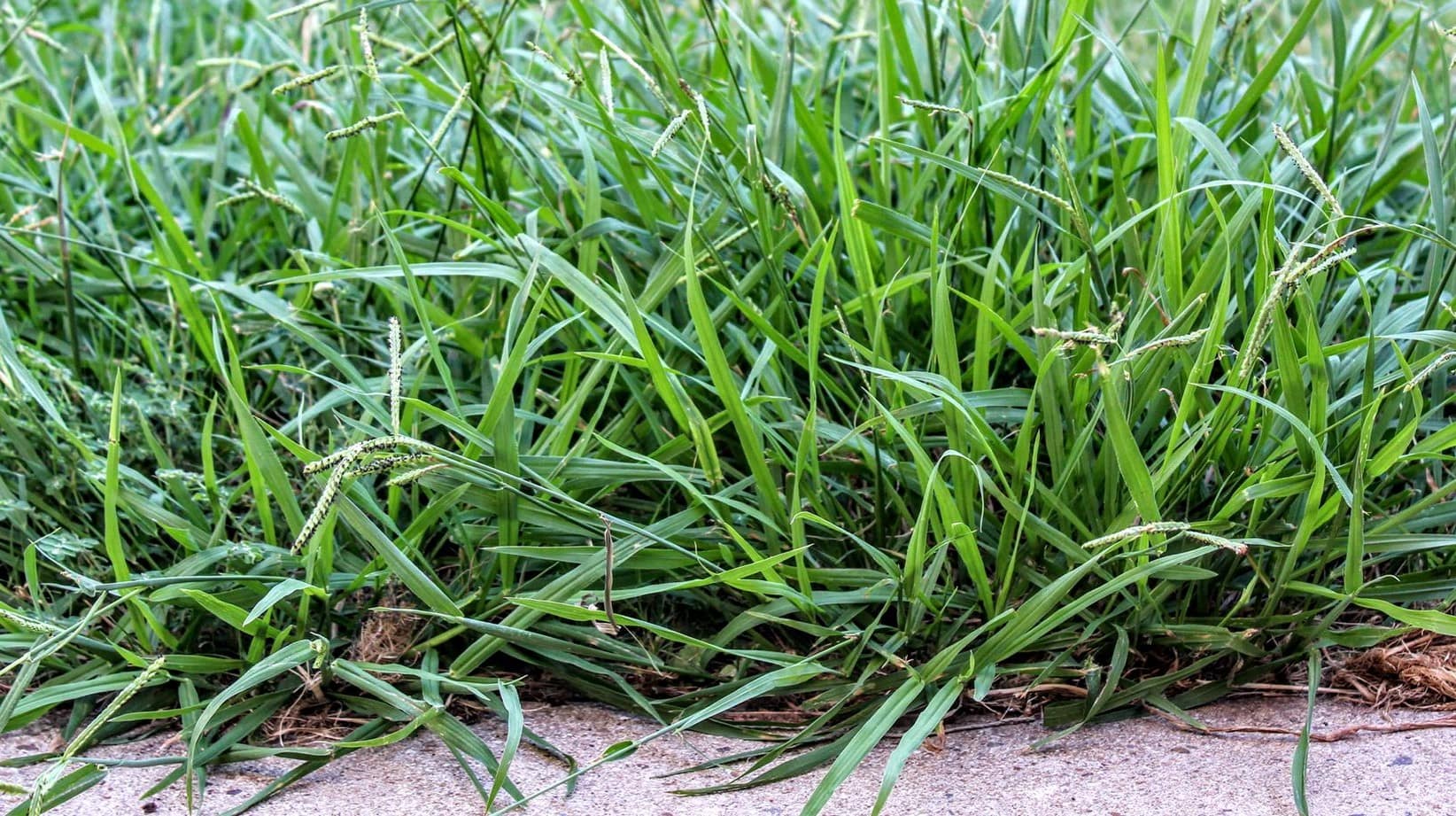
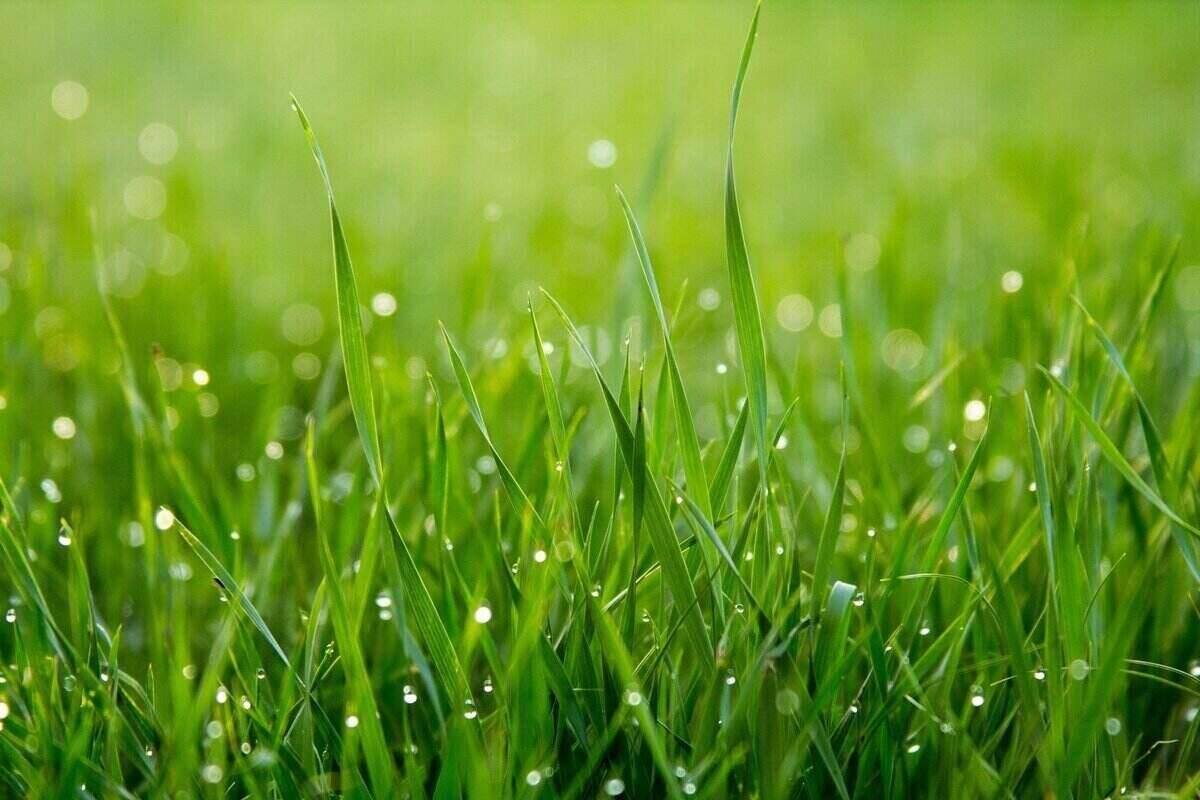

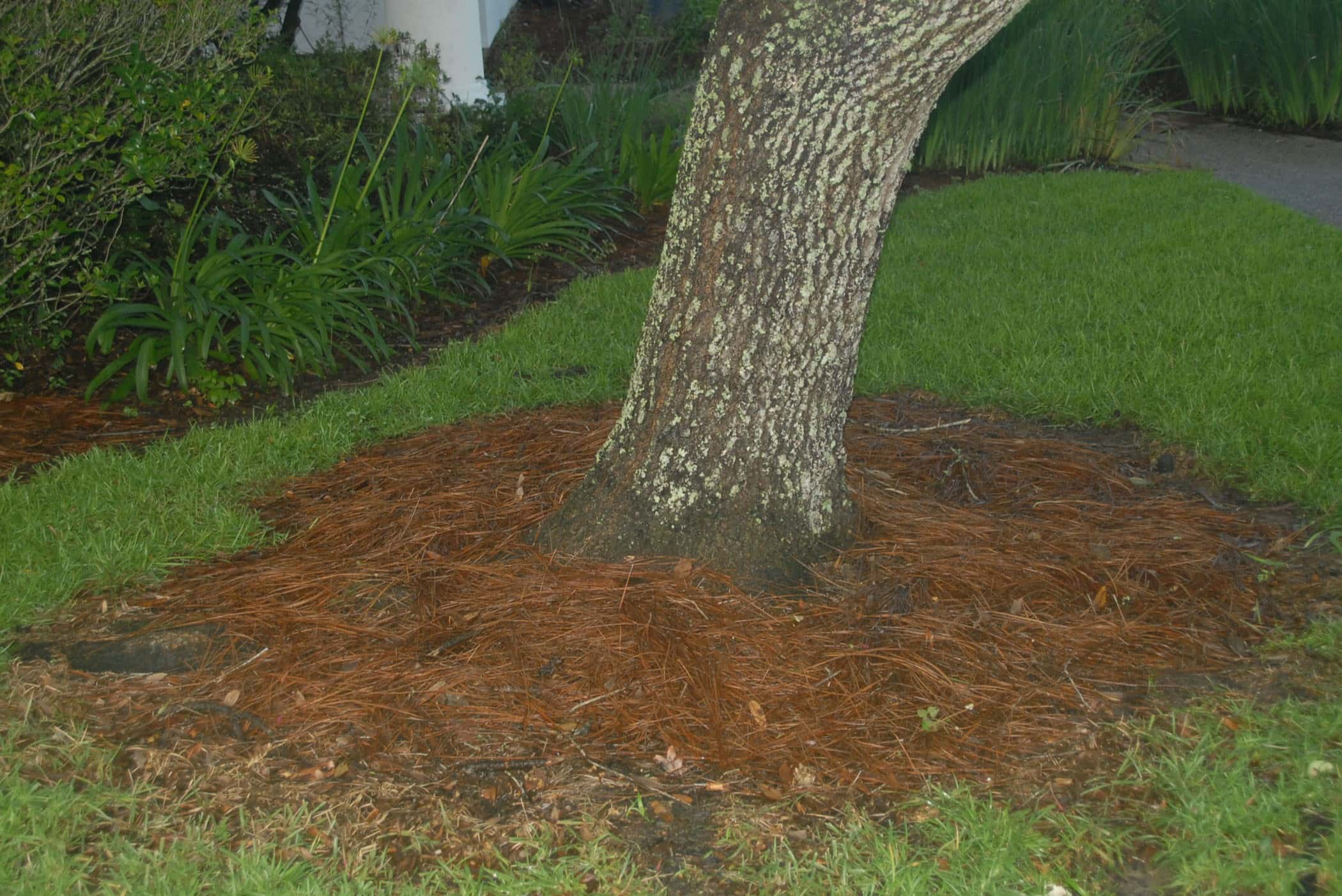
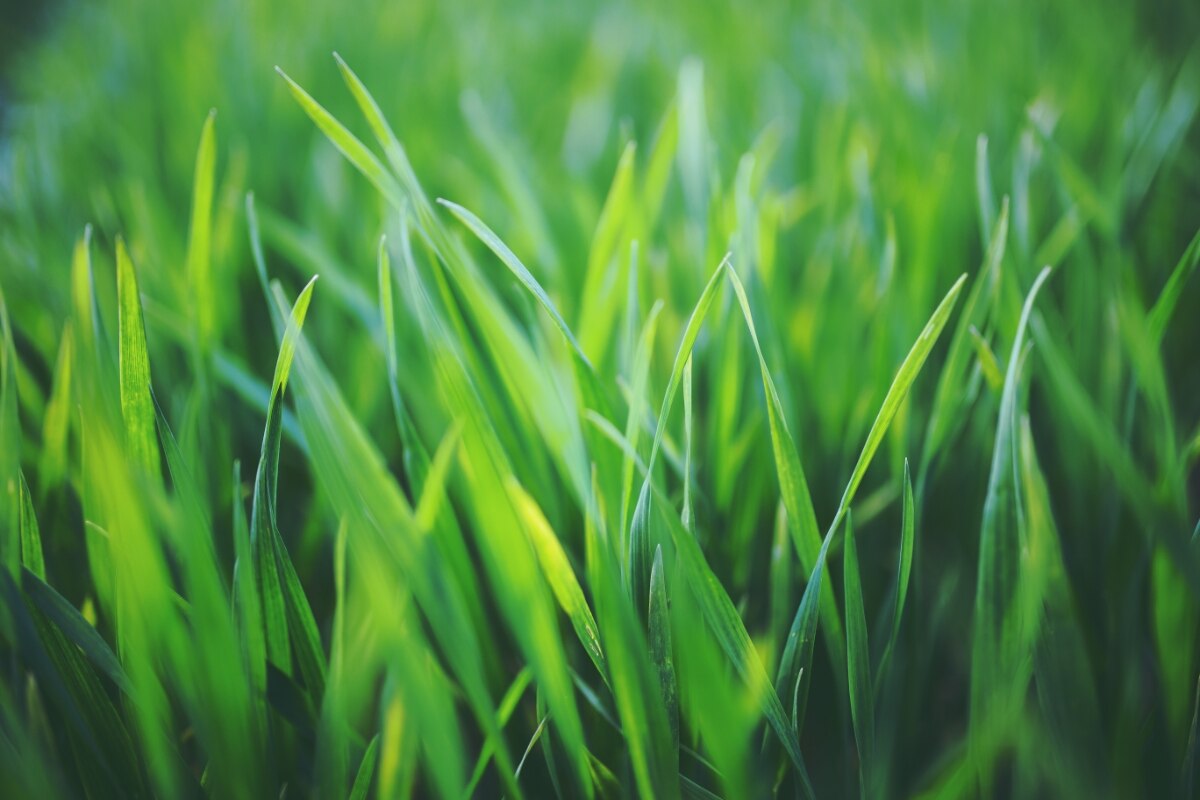
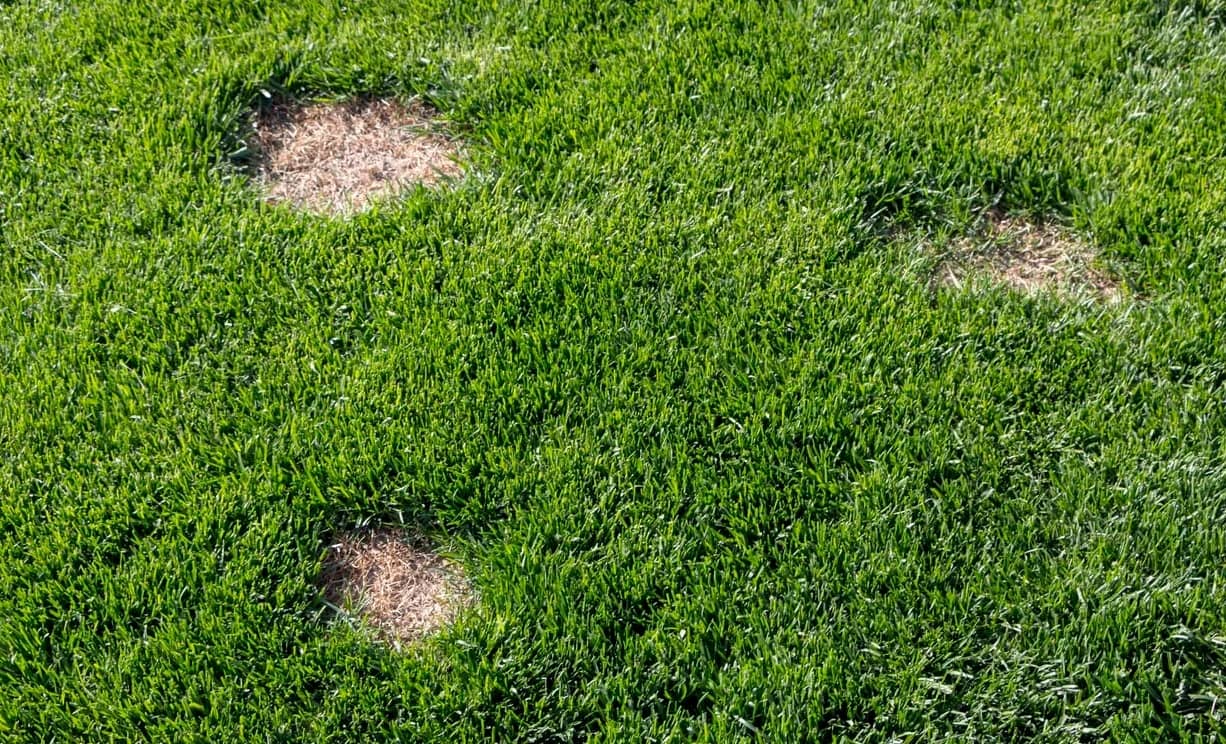
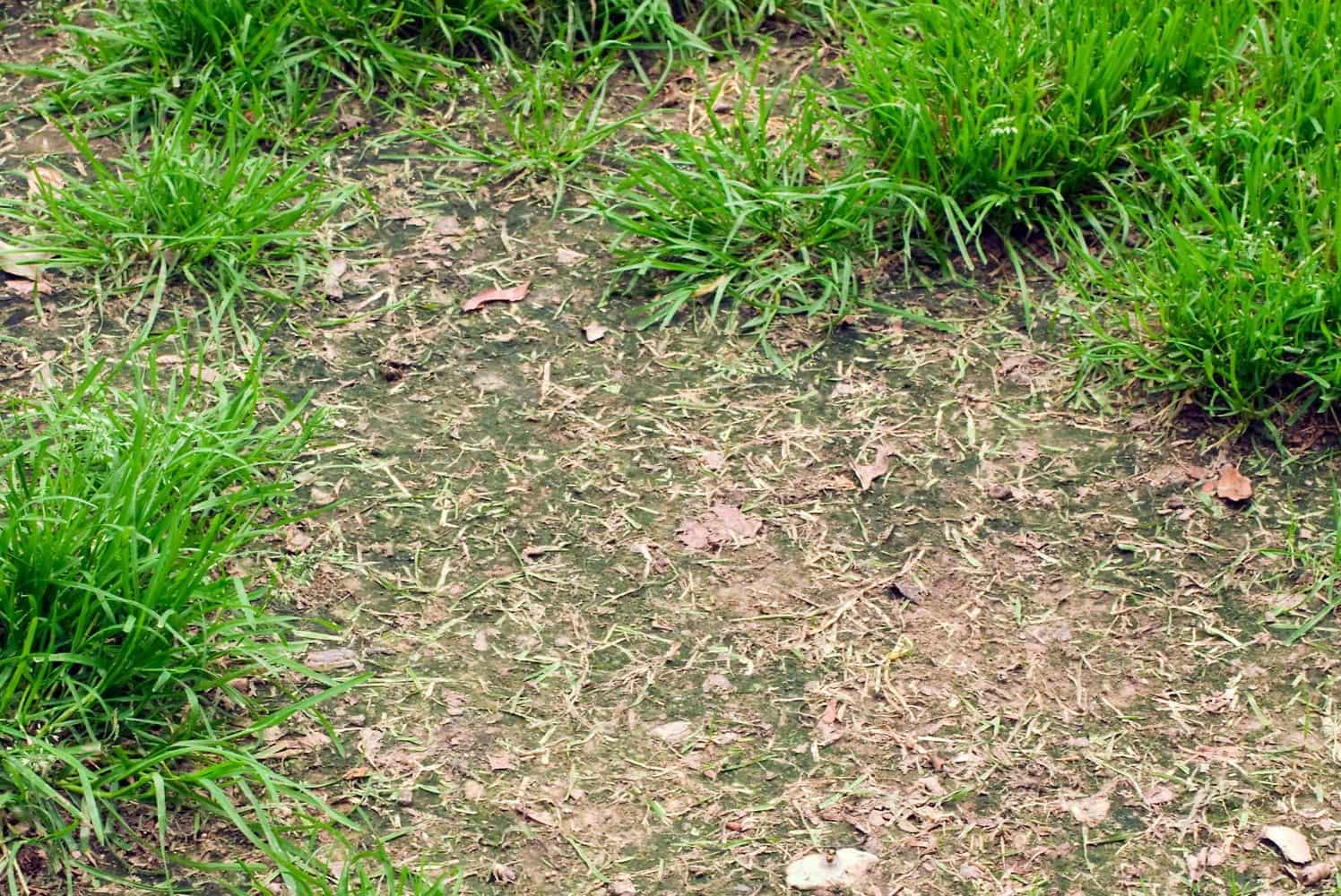
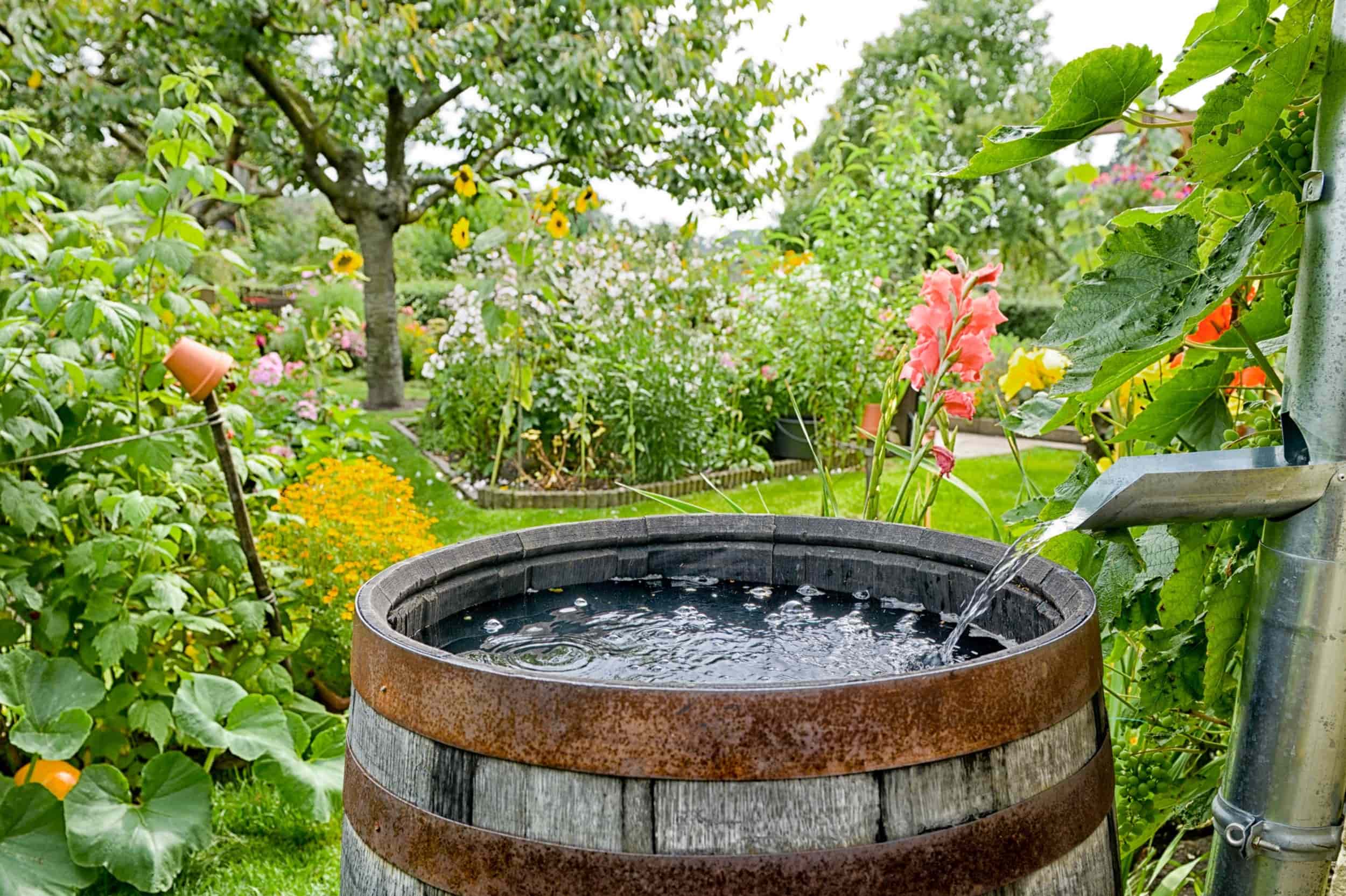
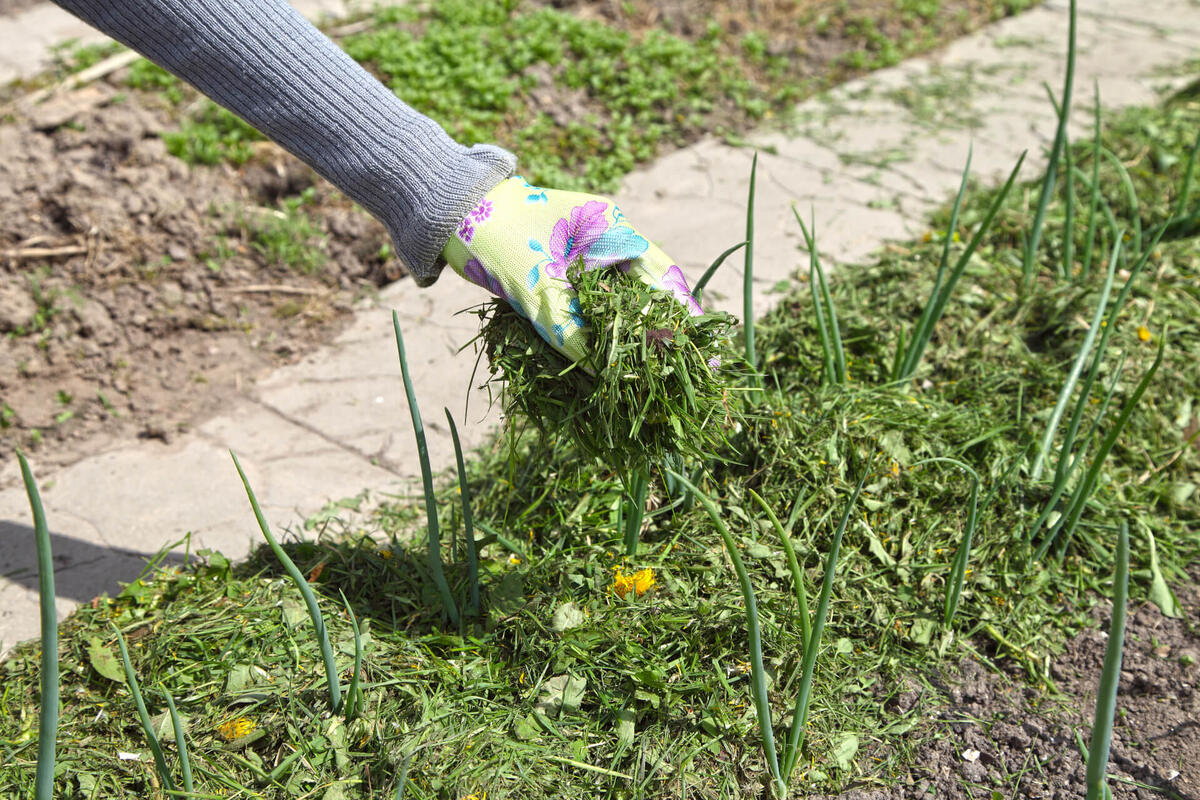
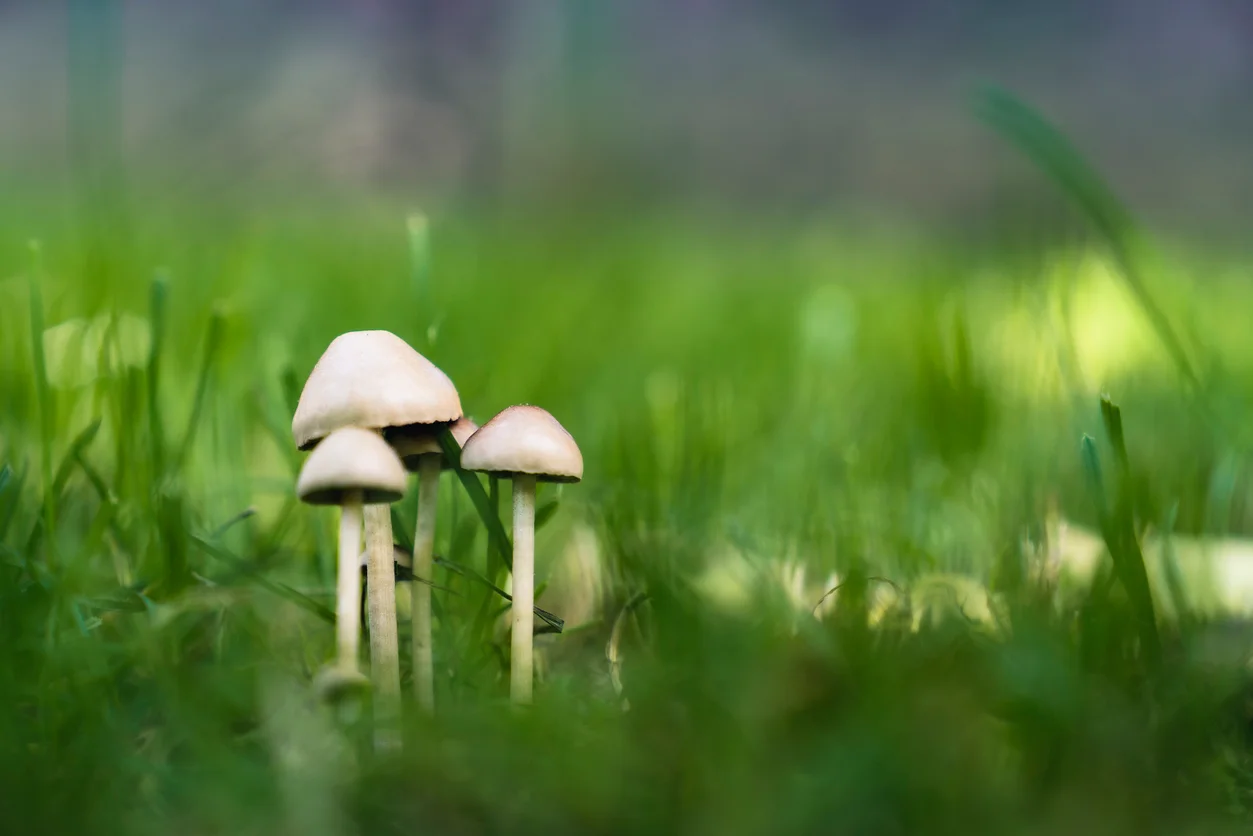



0 thoughts on “Why Do Mushrooms Grow In Grass”